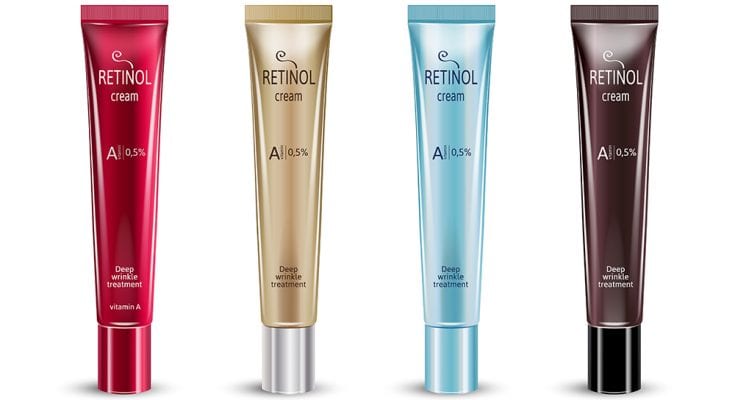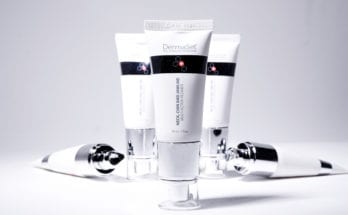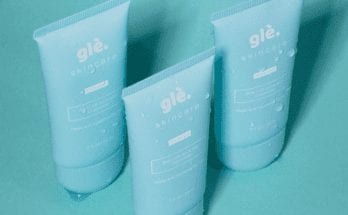Without any doubt, you’ve heard about Retinol. A derivative of Vitamin A, Retinol is now commonly used for many skin related troubles. From unclogging pores, to dealing with skin discoloration, boosting collagen production and reducing fine lines, Retinol is a popular component in skin care products. It is also a valuable anti-aging ingredient.
However, like all active products there are some side effects that come with using Retinol. In this article we highlight those side effects and how you can effectively reduce them in order to maximize the benefits you gain from using Retinol.
Here’s the list:
1. Start Slow
Your skin needs time to get used to the product. Therefore, start slow. Apply it once a week at night in the beginning and then eventually build it up to two, three times a week. Even then, ensure a gap between the days of application i.e. don’t apply it two days in a row. Also, start with the creams that have a milder concentration of Retinol. If your skin is not getting irritated, eventually increase the strength of the product.
2. Patch test
The most sensible thing to do before applying anything new to your skin is a patch test. Apply the retinol cream just underneath your jaw. Continue use if there is no reaction.
3. Apply on Cleansed Skin
Apply Retinol cream to cleansed and dry skin. This will increase its effects and reduce any complications caused by debris on the skin. Also, it is essential to wear sunscreen in order to protect your skin from adverse effects as retinol increases skin sensitivity.
4. Redness
You might notice your skin going red after applying Retinol. This could be accompanied by a feeling of hotness or burning. It usually happens after the first time you use the product or may develop later after multiple applications. The easy solution to deal with this side effect is to avoid applying it frequently as stated above. Along with that, avoid application after hot showers and exposure to hot temperatures while it’s on your skin.
5. Occurrence of dry skin
Retinol increases cell turnover, which means the dead skin remains on the top layers of our skin making it dry and flaky. This isn’t exfoliation as the dry skin is not removed. Continued use of Retinol will reduce this. A soothing hydrating mask could also help with this side effect. Make sure you don’t end up using any harsh exfoliators to get rid of this effect as this will just irritate the skin.
6. Itching and tightness
These effects can be eased by applying a thin layer of Vaseline to the area. Itching and tightness are short term effects and will go away easily. Make sure you don’t scratch the skin. Apply Vaseline and know that it will go away quickly. However, if it gets really bad a cool washcloth held over your skin will help.
Reducing the side effects of Retinol makes it a valuable product and maximizes the benefits you gain from it. The side effects are usually temporary and will go away if you stick it out long enough. Your skin should show progress within 4-6 weeks of use. We say give it a try!




